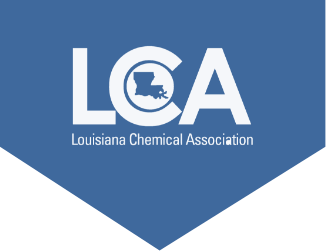PARTICUlATE MATTER SERIES
The Louisiana Chemical Association regards air quality as a top priority and, as environmental stewards, advocates for environmental laws and regulations to be based upon well-grounded science. This Particulate Matter Series is designed to provide relevant information about one of the main factors that influences air quality, Particulate Matter (PM). This topic is of notable importance to LCA member companies who are subject to the Particulate Matter National Ambient Air Quality Standard (NAAQS)proposed by the EPA.
The EPA first established NAAQS for PM in 1971 and since then, the EPA has conducted periodic reviews which resulted in significant tightening (or strengthening) of both the primary and secondary standards, as well as development of additional standards for fine particulate matter (PM10 and PM2.5).
As a result of the tightening of the PM standard, particulate matter emissions have been significantly reduced over the past 30 years.
Through this series, we will be sharing relevant PM information with you bi-weekly in LCA newsletters and on our social channels. We hope you enjoy!
This complex mixture includes both organic and inorganic
particles such as dust, pollen, soot, smoke and liquid droplets.
Some particulate matter are large enough to be seen with a
naked eye (pollen, soot) and some are so small they can only be detected
using an electron microscope (smoke).
The two types of fine PM are determined by the size of the PM,
which is measured in micrometers. What are micrometers?
Micrometers are used to measure the thickness (diameter) of
microscopic organisms or colloidal particles, in this case PM!
PM10 is made up of 10micrometers and PM2.5 is made up of 2.5 micrometers.
Picture this: 70 micrometers is the width of a single human hair,
making it 30 times bigger than PM2.5! Can you imagine something
30 times smaller than a hair?!
It’s a myth that PM is only emitted from chemical facilities!
In fact, some PM come from natural sources like pollen and
others are emitted directly from a source into the air…
think construction sites, fields, fires emitting smoke and
dusty, unpaved roads.
Others are formed in the atmosphere as a result of
complex chemical reactions and can be emitted from
cars and industries.
We’re improving air quality nationwide and reducing PM!
In fact, from 1990 to 2019, national averages for PM 10 and 2.5
have significantly decreased, which is a direct result of
industry and regulators working together to achieve
dramatic improvements for safer, healthier communities!



